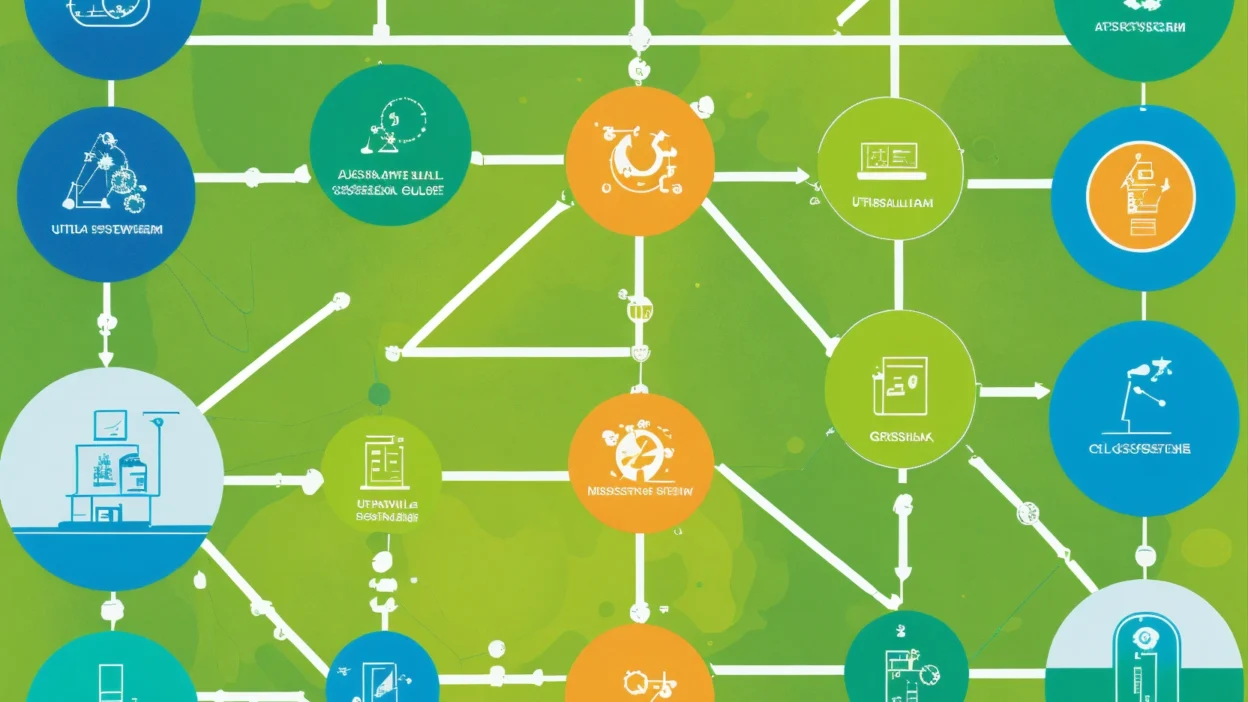Understanding the Core Concepts of Microservices Patterns
At the heart of microservices patterns lies the principle of decentralization. Each microservice functions autonomously, encapsulating its own data and business logic, and communicates with other services through well-defined APIs. This separation of concerns allows teams to deploy, update, and scale services independently, significantly reducing the complexity associated with monolithic architectures. It also fosters greater flexibility, enabling teams to adopt different technologies for different services based on specific requirements. Moreover, microservices architectures enhance fault isolation, as the failure of one service does not necessarily affect others, contributing to system resilience and uptime.
Key Benefits
Adopting microservices patterns brings numerous advantages, including improved fault isolation, enhanced scalability, and the ability to use different technology stacks for different services, allowing organizations to choose the best tools for specific tasks. Furthermore, microservices facilitate continuous deployment and integration practices, enabling faster market response times and more frequent updates. This flexibility also supports teams in experimenting with new features without risking the stability of the entire system, while promoting a culture of innovation. Additionally, microservices improve overall maintainability, as smaller, more manageable services are easier to debug and update over time.
Challenges and Solutions
While the benefits are substantial, implementing microservices patterns also presents challenges such as increased complexity in managing multiple services and the overhead of handling inter-service communications. Solutions such as employing automated service discovery, implementing robust API gateways, and adopting comprehensive monitoring and logging practices can mitigate these challenges effectively.
Best Practices
To maximize the effectiveness of microservices patterns, it is crucial to follow best practices such as defining clear interfaces, maintaining a high level of service autonomy, and ensuring loose coupling between services. Additionally, embracing containerization technologies like Docker and Kubernetes can streamline deployment and scalability.
In conclusion, patterns offer a powerful approach to building modern software applications. With the right strategies and tools, organizations can overcome the challenges and reap the full benefits of this architectural style.





